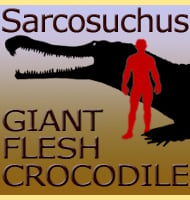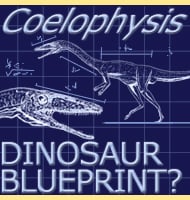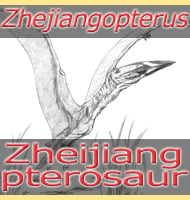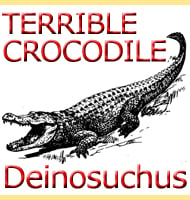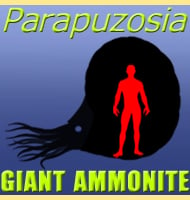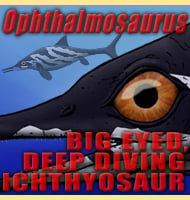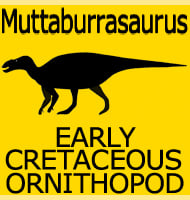In Depth
Koreaceratops made headlines in 2011 for two reasons, the first being that this was the first ceratopsian dinosaur to be discovered in South Korea. The second is the theory that Koreaceratops may have been semi aquatic. The latter is idea is based upon the observation of the tall neural spines of the recovered tail vertebrae which are over five times higher than the centra (the round part of the vertebra that encloses the spinal cord), and it seems reasonable that they would have supported a growth that resulted in a broad laterally compressed (thin when viewed from above) tail of the kind that is commonly seen in creatures that use their tail for swimming. However while the idea that Koreaceratops spent time swimming in the water is a very interesting, and plausible one, wider study of ceratopsians may yield a more commonly accepted explanation. Many of the basal ceratopsians had deep tails, although not all to the same extent as Koreaceratops, and some remains have even revealed the presence of quill-like structures that would have risen up from the tail, giving the impression that it was even larger than it really was.
This has resulted in the popular notion that while later and advanced ceratopsians used their neck frills and horns for display, the earlier and even later surviving primitive forms relied upon their tails and any ornamentation on them to do the same purpose. Additionally it is worth noting that there is fossil evidence to suggest that at least some of the later large ceratopsians, including the most famous one of all Triceratops, may have actually retained these quill structures. More specimens of Koreaceratops and similar basal ceratopsians would allow for a more complete picture to be pieced together, but it’s not inconceivable that a structure that was developed for the purpose of display may have ended up being adapted to serve a practical purpose.
The type specimen of Koreaceratops was first discovered in 2008 when an official noted the remains in a sandstone block that had been used in the construction of the Tando dam of Hwaseong City. However it seems that when the block was extracted, it was cut in a way that only the hind portion of the specimen was recovered. The fate of the rest of the skeleton as well as exactly how much more is still missing remains uncertain. Despite the lack of the other remains, Koreaceratops is thought to be similar to other forms like Archaeoceratops. The species name of K. hwaseongensis means ‘from Hwaseong’, after the city where the type specimen remains were found.
Further Reading
Further reading- The first ceratopsian dinosaur from South Korea. – Naturwissenschaften. – Y.-N. Lee, M. J. Ryan & Y. Kobayashi – 2011.


